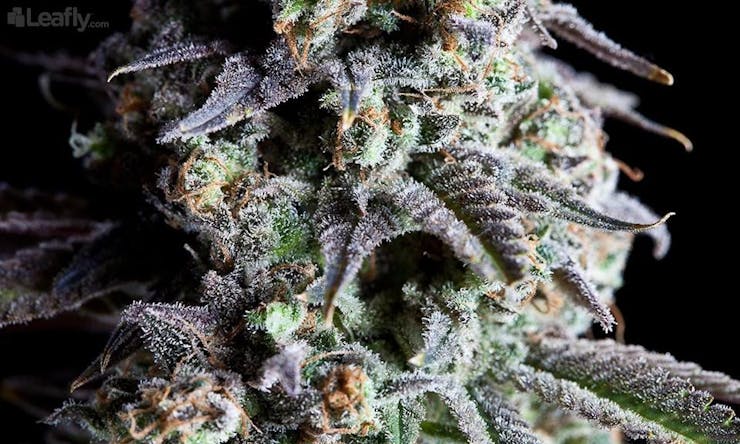Maybe you have yet to try the powerhouse indicaNorthern Lights for yourself, but if you’ve done any exploration in cannabis connoisseurship, you’ve likely chanced upon one of her descendants. Super Silver Haze, Hash Plant, Shiva Skunk, and many others carry on the Northern Lights legacy of potency that has won the indica numerous Cannabis Cup blue ribbons.
Despite its prevalence, Northern Lights has beginnings that are not well understood. The retrieval and cultivation of cannabis varieties in the 1970s and 80s can be seen as a prohibition-driven Dark Age, in that many breeders and pioneers kept their illegal art under wraps. As a result, the origins of many favorite strains survive only by word of mouth and folklore.
Tradition has it that Northern Lights began on an island near Seattle, Washington, where 11 indica sprouts began their climb to glory. The genetics they propagated came from indigenous Afghanilandrace strains, cherished for their highly resinous buds, fast flowering, and resilience during growth. Each Northern Lights sprout was given a number, and when seed turned to flower, Northern Lights #5 came out top crop.
Northern Lights migrated to Holland in 1985, where Nevil Schoenmaker had recently founded the Netherlands’ first seed distribution company known then as The Seed Bank. The lineage of Northern Lights begins to blur around this time as the plants were selectively bred and backcrossed. The Afghani males used in the breeding process were also left undocumented, further muddling the strain’s elaborate genetic history. Some Northern Lights phenotypes were hybridized with varieties like Thaisativas, but others were left to carry on the pure indica genetics.
Sensi Seeds bought the seed bank in 1991, and have continued propagating the Northern Lights family line ever since. The once pure indica can now be found in several genetic variations, some of which even express sativa-like characteristics.





